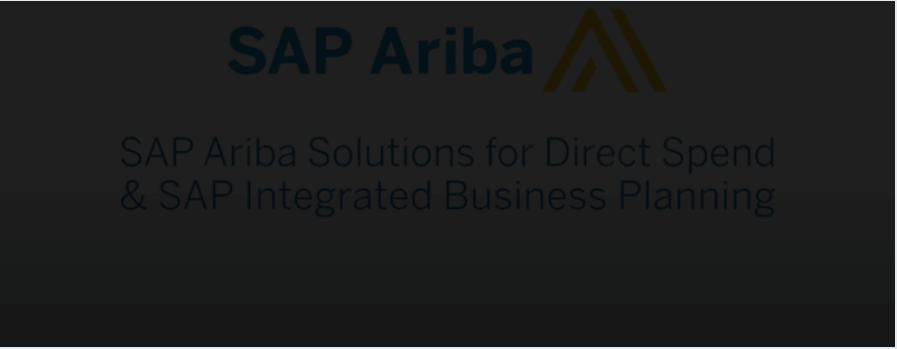Data has become all-important to make quality decisions in the digital era. Analysis of operational, customer, and other enterprise data offers rich insights. But even the best analytics tool is only as good as the data fed into it.
Normal enterprise data may be incomplete, outdated, or inconsistent. It requires effective data governance to ensure the quality and integrity of the data to make it fit for analytics and other purposes. Here are five best practices to ensure good data governance.
1. Develop a Robust Data Governance Model
As the first step towards effective data governance, develop an operating model. An exemplary model makes explicit the data domains and identifies the critical elements with each domain. The model paves the way for a centralized or decentralized data governance structure. The structure has a big impact on how enterprise workflows and processes function.
- Use data experts to define the data governance process. Source the technology that works best to automate key workflows and processes.
- Cleanse the data, remove duplicates, filter out obsolete data, and improve the quality and consistency of data. Invest in technology for the same.
- Invest in robust data security. Cyber breaches can sound the death knell of the business itself, through back-breaking fines and loss of reputation.
2. Identify and Secure Critical Data
All data is not equal. Any enterprise collects various information. Data comes from employees, financial records, customer data, field service details, and more. The value of different data types varies.
Identify the critical data of the enterprise and treat such data as a strategic resource. Critical data may include trade secrets, proprietary formulations, personally identifiable information, and more.
The difficulty in identifying and securing critical data comes with such data touching several systems and applications. For instance, sensitive customer data may feature in hundreds of reports in a medium-sized enterprise. Also, data does not exist at a single point. It undergoes updates, transmissions, back-ups, deletion, and several other actions.
- Classify data based on the value of the data to the enterprise. Also, consider the impact of such data lost, stolen, or destroyed.
- Trace critical data to the source. Plan policies and procedures for access and safeguard of such data. Set specific policies and procedures for the entire data lifecycle.
- Focus on managing master data, or data that provides a context for business transactions. This ensures the consistency and accuracy of all data-based transactions.
- Maintain audit trails and other data checkpoints for full transparency and visibility.

3. Don’t Over-Restrict Data Use
Restrictions on access to sensitive data are a universal best practice to protect trade secrets and avoid misuse. Going overboard with such restrictions makes governance negative. It discourages innovation or creating value. It may also retard productivity and create resentment among the workforce.
Most enterprises over-engineer data access and protection. The thousands of resultant false positives cause excessive network traffic and alert fatigue. The heightened alarm status in the security operations centre leads to laxity that affects a genuine incident.
- Have a clear and consistent policy on restrictions. Make sure restrictions do not block routine activities that may need access to sensitive data.
- Perform due diligence on who has access to what information. Set access control rights and permissions for each enterprise user depending on their job profile.
- Aggregate data from disparate sources into a centralized platform to enforce the right set of controls. Offer visualizations and other accessibility options for the data based on the business needs of the specific user.
4. Focus on the People
Effective data governance connects people with processes and technology. Some data strategists make the mistake of focusing on the process and technology while ignoring people. If enterprise users do not manage data as expected, no process or state-of-the-art technology will fix the problem.
- Make explicit the ownership structure of the data. Identify the users empowered to make changes at different points of the data lifecycle. Empower such data owners to catalogue and manage the data, and enforce data governance strategies. Give such teams control over the budget as well.
- Clarify the roles and responsibilities of each team member regarding the data they handle. Have clear-cut policies on data do-and-don’t. Communicate the same to the rank-and-file periodically. Provide updates on policy changes and issue resolution.
- Build a business case for the data governance practices that make explicit the benefits. This excites the top management and the stakeholders. Good data governance allows business users to improve efficiency manifold. Convince them of the same. Personalize the communications for greater effectiveness.
- To the extent possible, hire the right front-line staff, who will be using the data, and will often have to exercise their discretionary power when handling such data. Do extensive background checks to minimize the chance of rogue insiders. Offer training on safe data habits.
- Promote transparency, openness, and free sharing of knowledge. Good quality data thrives in such a culture.
5. Have Quantitative Metrics in Place
Data governance is an ongoing process, and not a one-off project-based intervention. It requires constant review and tweaks to set right the processes.
Success depends on the extent to which users follow the data governance policies and on how well the team resolves any issues that come up.
Set control measurements in place to sustain the data governance program. Define objective metrics of success upfront. But success at one enterprise need not mean success at another organization. Success depends on the enterprise’s objectives.
Some of the common metrics to measure data governance success include:
- How long does it take for users to access the information they need
- The number of employees who use the technology
- The number of data-related issues logged in a specific time frame.
- Time to resolve tickets
- The financial impact of the data governance intervention on the enterprise.
Track the identified metrics to check if governance is on track.
The global data governance market will grow from $2.1 billion in 2020 to $5.7 billion by 2025, with a CAGR of 22%. The rapid growth in data volumes, rising regulatory and compliance mandates, the growing thrust on digital transformation, increased adoption of DevOps for software development, and increasing business collaboration raises the stakes of data governance more than ever before. Effective data governance enables businesses to meet quality and compliance standards. It also fuels data-driven decision-making and creates opportunities.












